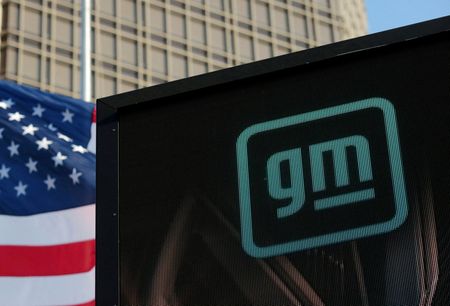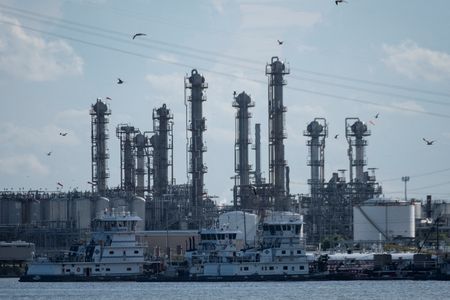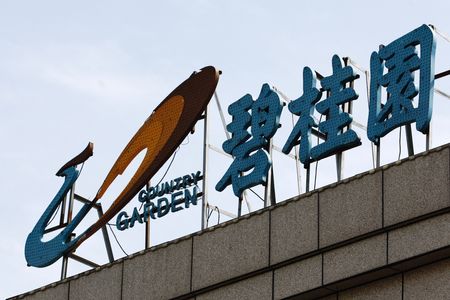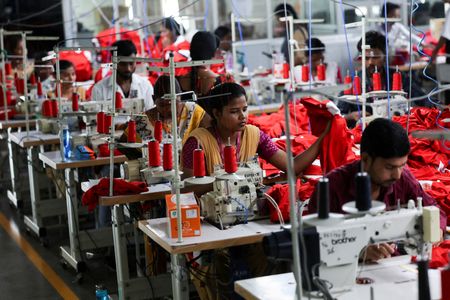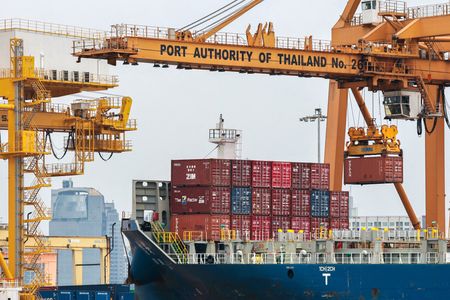By Stefanno Sulaiman
JAKARTA (Reuters) -Indonesia plans a major expansion in renewable energy by 2040, including the introduction of 10 GW of nuclear power, and expects contracts to be given in the next five years, a senior aide of President Prabowo Subianto said in an interview.
That would more than double current capacity as Indonesia, one of the world’s biggest emitters of greenhouse gases, aims for carbon neutrality before 2050, said Hashim Djojohadikusumo, Prabowo’s brother and the president’s special envoy for energy and climate.
“Many of the contracts will be … in the next five years … especially the nuclear (contracts) because of the long lead times,” Hashim told Reuters from New York.
By 2040, he said Indonesia aims to have an additional 103 GW power capacity, made up of 75 GW from solar, wind, geothermal and biomass, 10 GW from nuclear energy, and the remaining 18 GW from gas.
Indonesia’s current installed power capacity is around 90 GW, more than half of it from coal. Renewables account for less than 15 GW of the current capacity, and the country has no nuclear power plants.
Russian state nuclear firm Rosatom, China National Nuclear Corporation, Britain’s Rolls Royce, France’s EDF and the U.S. small modular reactor firm NuScale Power Corporation have shown interest in Indonesia’s nuclear power ambitions, Hashim said.
“I think it’s conceivable that they will co-invest with an institution like Danantara,” he said, referring to the recently launched Danantara Indonesia sovereign wealth fund.
Hashim said no decisions had been made about the location of the nuclear plants, a controversial topic in a country that straddles the so-called Pacific Ring of Fire, where different plates on the Earth’s crust meet increasing the risk of earthquakes and volcanic activity.
He said the western part of Indonesia was suitable for single-site nuclear plants that a single unit can generate around 1 GW of power, while floating small-modular reactors generating up to 700 megawatts were suitable in the east.
While the government is committed to energy transition, Hashim said it would take a balanced approach to achieving that goal as the president tries to lift the country’s economic growth rate to 8% from around 5% in recent years.
“The government does not want to commit economic suicide. There’ll be no phase out, but there will be a phase down,” he said.
A deal with the Asian Development Bank for the early retirement of the 660 megawatt Cirebon-1 coal-fired plant in West Java province, which is backed by the $20 billion Just Energy Transition Partnership (JETP), is expected to be completed in the next few months, Hashim said.
Concerns about the financial and legal risks of shutting the plant have been a stumbling block, and a new challenge to the energy transition has been the U.S. government’s withdrawal from JETP.
(Reporting by Stefanno Sulaiman; Editing by John Mair and Kate Mayberry)



